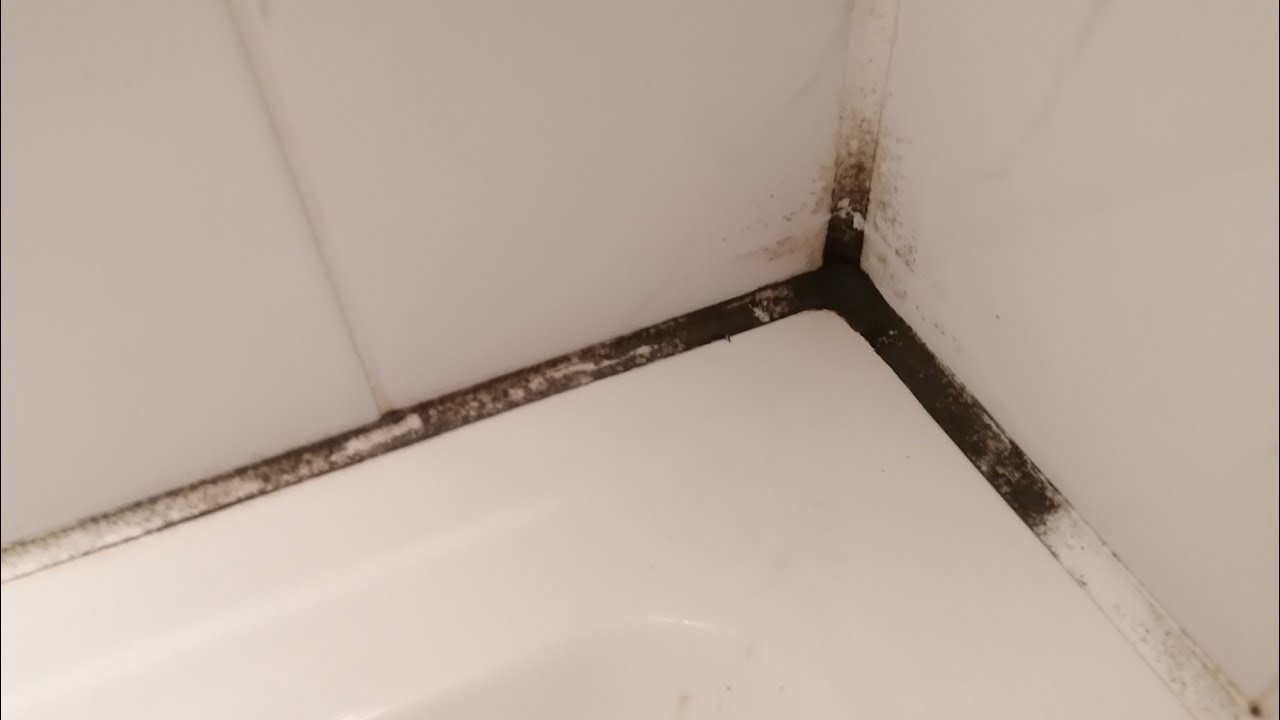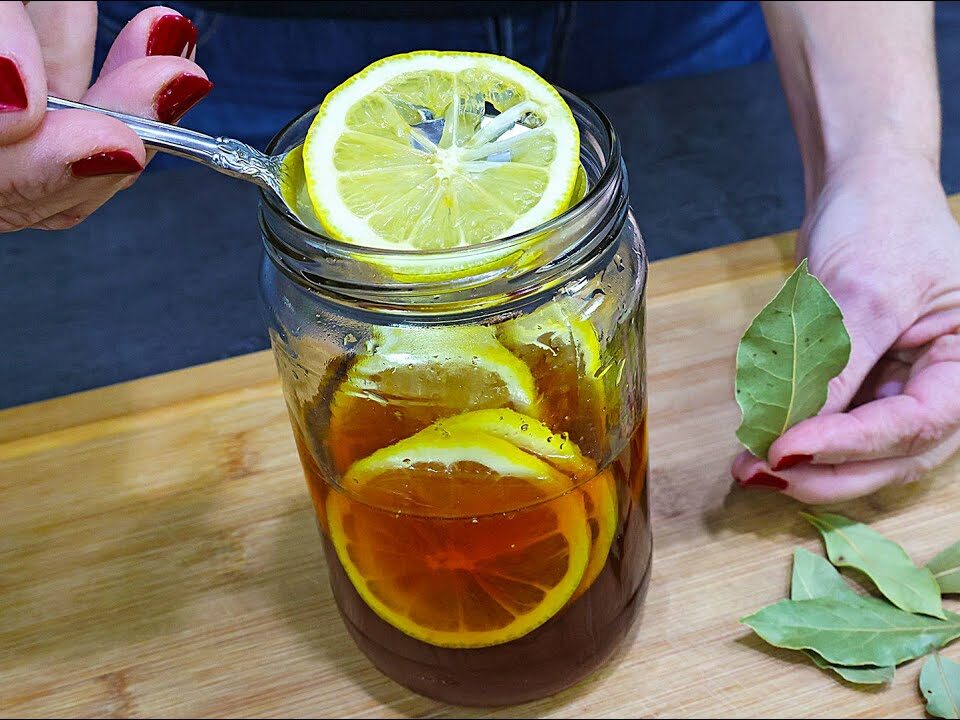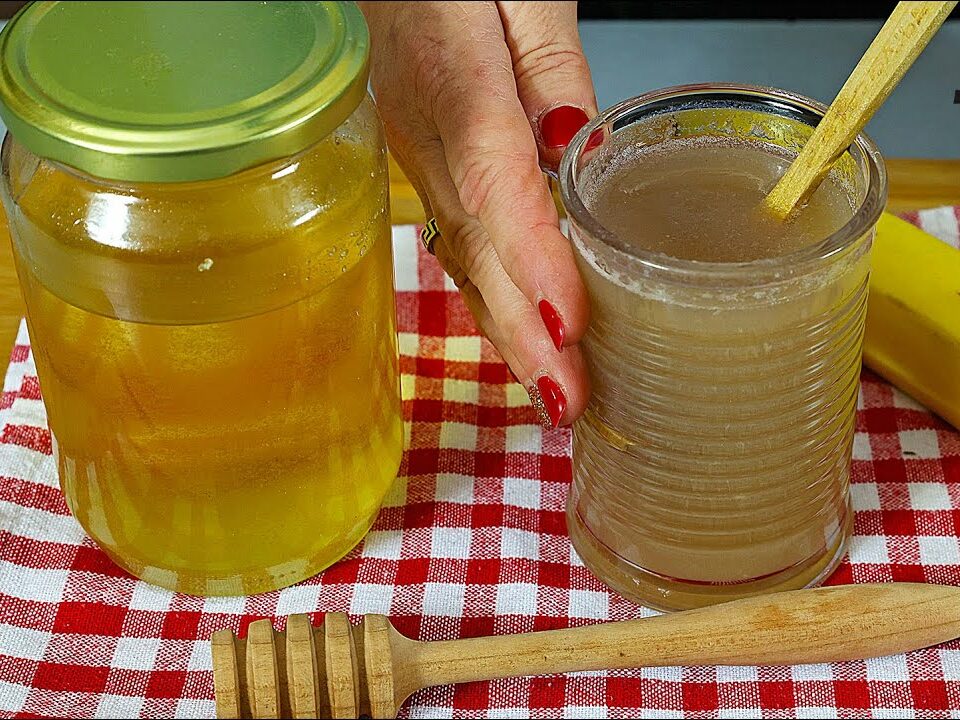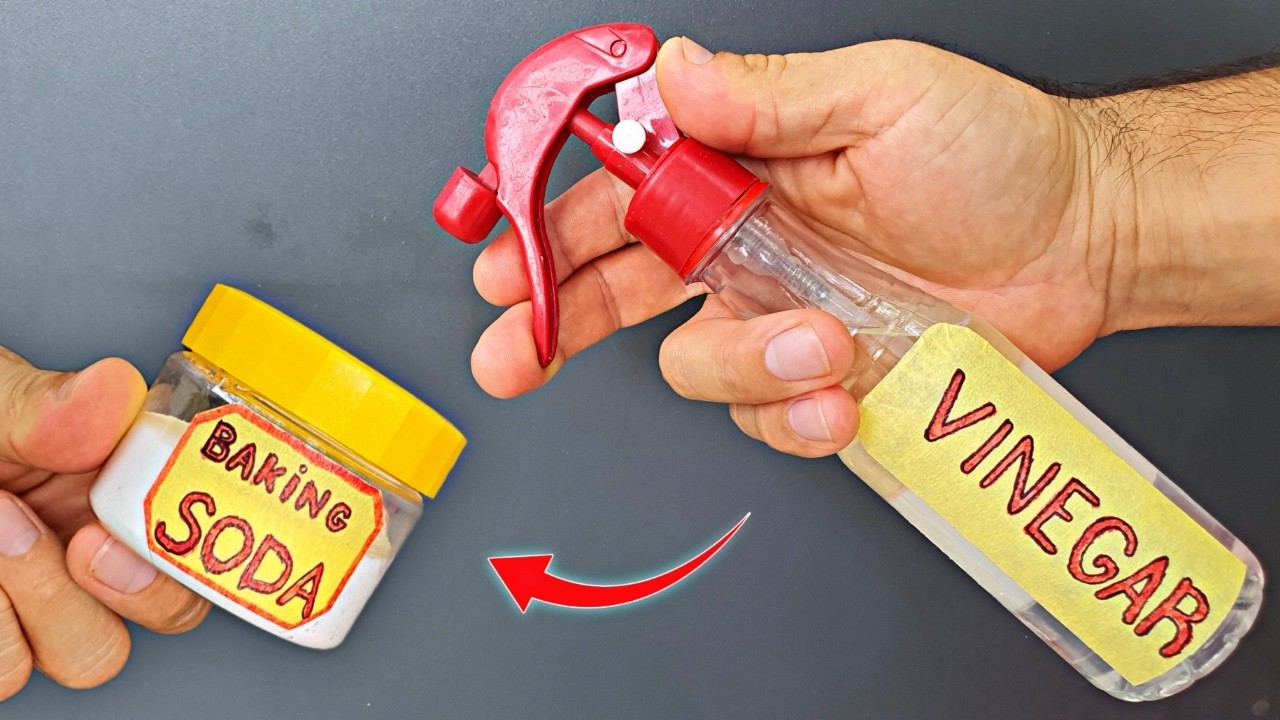
Mouldy silicone, often found around bathtubs, sinks, and windows, can be unsightly and unhealthy. Thankfully, you can easily clean the mold from silicone using common household items. Here’s an effective method to get rid of mold and restore your silicone surfaces.
What You’ll Need:
-
White vinegar or hydrogen peroxide
-
Baking soda (optional, for tougher mold)
-
Dishwashing liquid
-
Old toothbrush or scrubbing brush
-
Spray bottle
-
Cloth or paper towels
-
Rubber gloves (to protect your hands)
Method 1: Using Vinegar (Natural Cleaning Solution)
Step 1: Prepare the Area
-
Start by cleaning the surface around the mouldy silicone with a damp cloth to remove any dirt or loose debris.
Step 2: Apply White Vinegar
-
Pour white vinegar into a spray bottle and spray it generously over the affected silicone areas. Alternatively, you can soak a cloth in vinegar and apply it to the silicone if a spray bottle isn’t available.
Step 3: Let It Sit
-
Allow the vinegar to sit on the moldy silicone for at least 30 minutes to 1 hour. Vinegar’s natural acidity helps kill mold spores and break down the buildup.
Step 4: Scrub the Silicone
-
Using an old toothbrush or scrubbing brush, gently scrub the silicone to remove the mold. Pay special attention to any hard-to-reach areas or deep mold spots.
Step 5: Rinse and Dry
-
Once you’ve scrubbed the area thoroughly, rinse it with warm water and wipe it clean with a dry cloth. Make sure the silicone is completely dry to prevent further mold growth.
Method 2: Using Baking Soda and Vinegar (For Tougher Mold)
Step 1: Create a Baking Soda Paste
-
Mix baking soda and water to form a thick paste. Baking soda is abrasive, which helps scrub away tougher mold and stains.
Step 2: Apply the Paste
-
Apply the baking soda paste to the moldy areas on the silicone using a sponge or cloth.
Step 3: Spray Vinegar Over the Paste
-
Spray white vinegar over the baking soda paste. You’ll notice a bubbling reaction, which helps break down mold and grime.
Step 4: Let It Sit and Scrub
-
Allow the mixture to sit for 10-15 minutes before scrubbing it with a toothbrush or scrubbing brush.
Step 5: Rinse and Dry
-
Rinse off the paste with warm water and thoroughly dry the silicone to prevent future mold growth.
Method 3: Using Hydrogen Peroxide (For Stubborn Mold)
Step 1: Apply Hydrogen Peroxide
-
Pour hydrogen peroxide directly onto the moldy silicone or soak cotton balls or paper towels in hydrogen peroxide and press them against the moldy areas.
Step 2: Let It Sit
-
Leave the hydrogen peroxide on the silicone for about 30 minutes to 1 hour. This allows the peroxide to kill the mold and break down the buildup.
Step 3: Scrub the Area
-
After the peroxide has had time to work, scrub the silicone with a toothbrush or scrubbing brush.
Step 4: Rinse and Dry
-
Rinse the area with warm water and wipe it dry.
Prevention Tips:
-
Keep Surfaces Dry: After cleaning, ensure the silicone areas around sinks, tubs, and windows are dry. Mold thrives in moisture, so keeping these areas as dry as possible can prevent mold growth.
-
Ventilation: Ensure proper ventilation in bathrooms and kitchens to reduce humidity levels. Use exhaust fans when cooking or showering.
-
Regular Cleaning: Clean silicone surfaces regularly with mild detergent and water to prevent mold from developing.
By following these simple steps, you can easily clean mouldy silicone and prevent it from returning. These methods are effective, safe, and use everyday household ingredients to keep your home mold-free.





